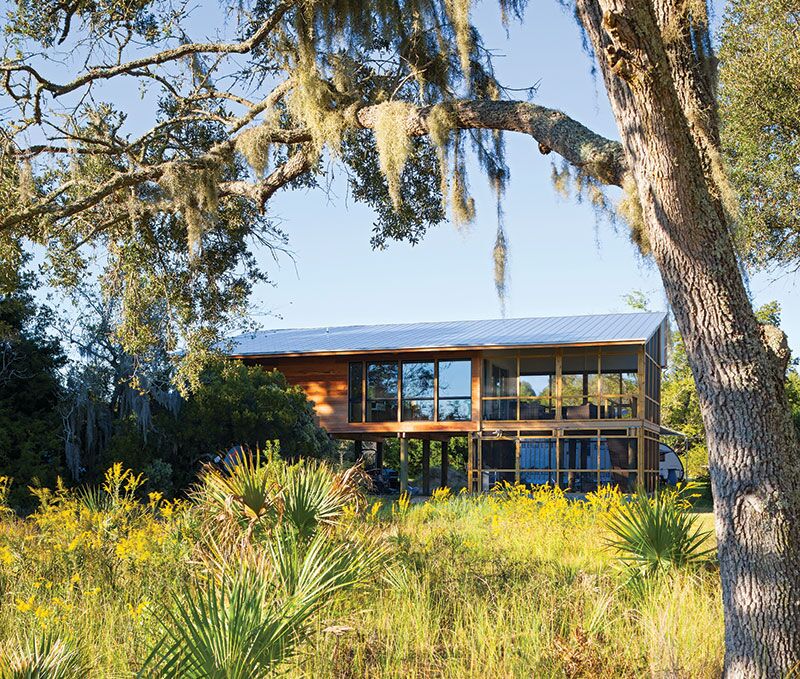Frank Harmon Architect is a multi-award-winning, LEED AP, green architecture firm founded in 1985. While many architects have embraced the principles of sustainable design over recent years, Harmon has been designing environmentally responsible, modern buildings for nearly three decades – long before the term “green architecture” became a part of the general lexicon. Founder and principal Frank Harmon, FAIA, believes that sustainability is the most important architectural issue of our time.
As a young architect, Harmon quickly learned that everything he designed would cause the earth to be stripped or mined. Stunned by that realization, he knew that the only way he could work as an architect was to promise to make a site better than he found it. Sometimes that meant not building at all.
“From single-family homes and tiny artists’ studios to corporate headquarters, commercial, educational and institutional facilities, we go to great lengths to ensure that our buildings are energy-efficient and environmentally conservative,” Harmon says.
“As green architects, we make sure the materials and products used in the construction of our buildings contribute to ecological restoration, and that both interior and exterior building systems and materials are non-toxic to the environment and to the people who inhabit them.”
Harmon believes every structure, regardless of size or budget, should be specific to its place – to its natural geography, climate and culture. The firm makes every effort to use materials responsive to particular climates and settings, so that even the most contemporary, cutting-edge architecture maintains a strong sense of place specific to its landscape, client and region.
“Every building and every site is as individual as its client,” he says. “And we firmly believe that the best buildings grow from the individual needs of the client, if only we take time to listen.
“So as we create sustainable architecture, we also carefully listen to our clients – to all stakeholders in a project – so that we may hear, understand, and interpret their tangible and intangible needs into unique, innovative, well-crafted “green” buildings and landscapes.”
For more information, www.frankharmon.com
Image Credits: Photo by Richard Leo Johnson.


